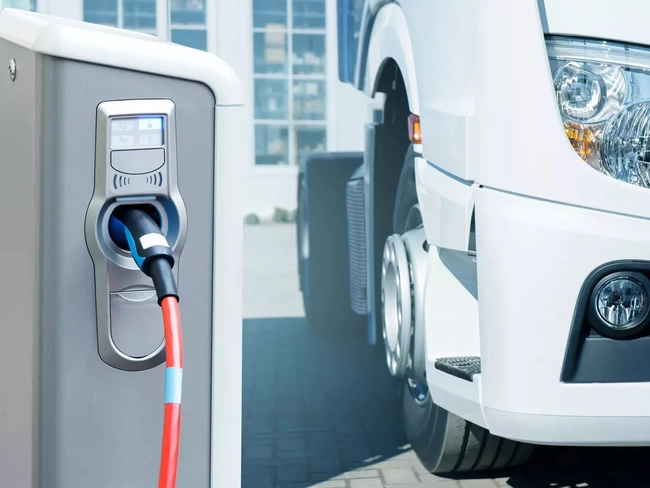Medilytix Bureau : Electric vehicles (EVs) in India have seen a growth of CAGR of 205% and 149% in domestic sales volumes in two-wheelers and four-wheelers, respectively, during FY20-FY22, but persistent concerns around raw material availability are set to dampen the demand scenario in the coming years.
The growth seen in the last few years can be attributed to a low base, increasing demand, and steps taken by the government to spur the said demand. CareEdge said in its report that while the cost of manufacturing Lithium-Ion batteries has reduced over the past few years, their production costs are not likely to reduce from current levels for the next three years, thereby dampening demand for EVs to some extent.
Australia, Chile and China are the largest suppliers of lithium in the world while the Democratic Republic of Congo (DRC), Russia and Australia are the top three cobalt producers. The top producers of nickel are Indonesia, the Philippines, and Russia.
The prices of these key metals have been volatile over the past few months for multiple reasons like the Russia-Ukraine war, and activism against the adverse environmental impact of mining these metals.
“Based on market data, we believe that increasing mining capacity for lithium, cobalt, and nickel would take at least three years and during the interim, battery prices would remain firm at around present levels,” CareEdge said.
As a result, demand for EVs in various categories was expected to skyrocket beginning in 2023. However, as per research conducted by Bloomberg NEF, the volume weighted per kWh production cost in CY2022 is likely to rise marginally to around USD135 after displaying a sharp reduction in the past decade from over USD1000 to USD132 in 2021.


